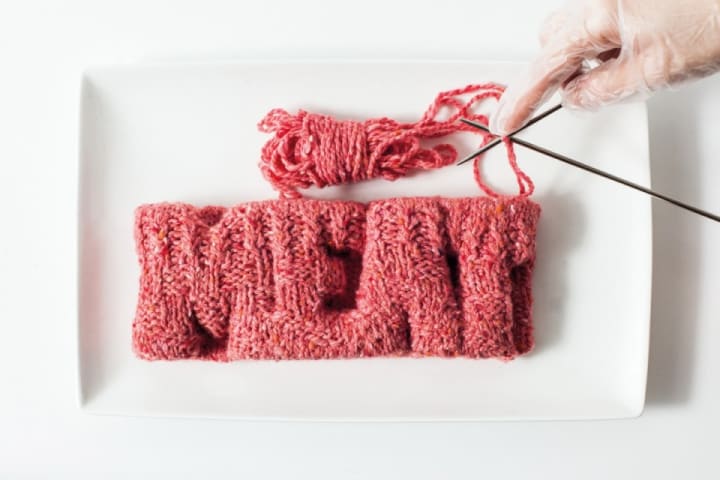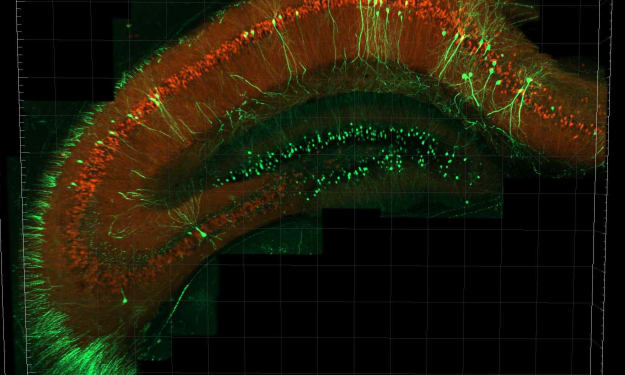BIOTOPIA—What Does the Future Taste Like?
The future life-sciences museum in Munich is already leaving its mark on the city.

With the European elections just behind us, the echoing waves of the #FridaysforFuture movement, and general concerns for the future of our planet are still being heard. The worry about sustainable alternatives to our lifestyle is all-encompassing, and includes all generations. With this in mind, the Eat Festival organized by BIOTOPIA—the future biological sciences museum that will substitute the Museum Mensch und Natur in Munich—was the perfect entertainment after voting duty. I heard the topic of the festival (“Wie schmeckt die Zukunft?” or “What does the future taste like?” in English), and decided to volunteer for the event.
The Eat Festival’s topic, however, was not only about what and how we eat but about reshaping food culture from all perspectives. Designers, scientists, and eco-friendly citizens had a voice in this event, sharing their views on how they wanted to transform what we eat. Visitors could choose from a range of activities designed to fit everyone’s interests; from handicrafts with dried tea to purely scientific talks, there was something for everyone, including kids.

Meat the future exhibit example, from NextNature and Cube
Nonetheless, the main exhibition, “Meat the future,” is probably the one that will remain in the visitor’s mind the longest. No one left that room without having their ideas on meat production turned upside down. The exhibition focused on the production of laboratory meat as an alternative to traditional meat obtained after the slaughter of farm animals. Sustainability, ethics, and purely physical constraints to do with the size of the animals we eat were all points to be debated and thought about in this exposition. Although none of the exhibits exist in real life (except for the famous lab-meat burger), some of them seemed very near in our future, too much so for some. All in all, the exhibition managed to achieve its goal of opening our minds to new ways of thinking about meat. I am sure there were conversations, if not debates, about how we consume meat in the homes of all of those who entered the exhibition room.

#beebetter logo and bee species by #beebetter
With a less disturbing air, members from the #beebetter movement were present at the outdoor section of the festival. The stall was crowded at all times, with children showing off the designs they had thought of for their little bee-homes. Let’s hope that the bee-friendly seeds that they were handing out at their stand have as much success as they did on Sunday.
But not all that was offered was hypothetical, or a light-hearted pastime. For those who came with more serious intent, several stands with ideas for sustainable farming and agriculture, such as hydroponics, and talks by researchers on very diverse topics were available.
Basically, no matter who you are, or what you eat, you would have found something to do at BIOTOPIA on Sunday. When I got home I couldn’t help but think, “I will volunteer again whenever they throw the next event.”
About the Creator
Laura Sotillos Elliott
Future doctor. Interested in science communication in all its forms: writing, podcasting, organizing scientific events...
Follow me on twitter at @addict_science






Comments
There are no comments for this story
Be the first to respond and start the conversation.